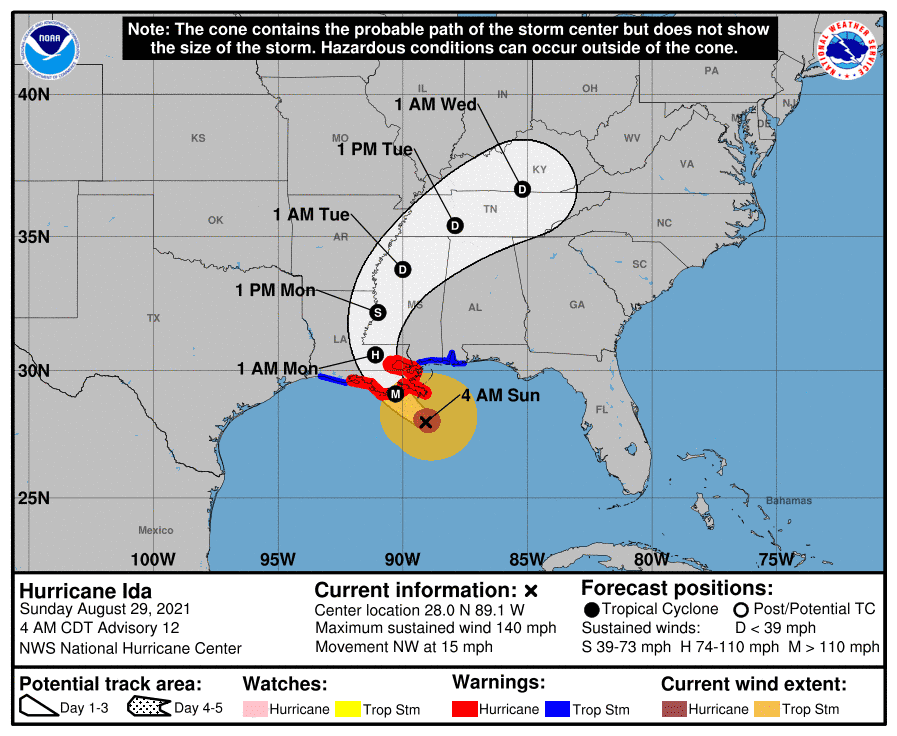

This dissertation characterizes and examines the large-scale sources of variability driving tropical North Atlantic deep-layer vertical wind shear (VWS). Anomalous AWB continued into September, consequently reducing moisture and relative humidity over the Atlantic Main Development Region (MDR). (2016) later showed that the 2013 season was suppressed through anomalously frequent subtropical AWB in August due to a stronger and more eastward-shifted Atlantic midlatitude jet. However, Klotzbach and Gray (2013) also observed that the 2013 August-October environment was characterized by strong upper-level convergence indicating subsidence and reduced rainfall over the Atlantic.Zhang et al. 2020), conditions that suggested a favorable en-vironment for enhanced TC activity. Average monthly anticyclonic wave breaking intensity (black solid line) and number of equatorward potential vorticity (PV) streamers (blue bars) over the North Atlantic from 1979-2019.The 2013 Atlantic hurricane season was characterized by warm tropical Atlantic SSTs, sustained cool neutral ENSO conditions, and anomalously low sea level pressure over the Caribbean basin(Klotzbach and Gray 2013 Saunders et al. Ida is the second latest tropical cyclone to make Gulf Coast landfall, trailing only Hurricane Kate in 1985 which made landfall on November. It underwent extra-tropical transition later that day. Ida slowed as it approached the coastline and weakened to a minimal tropical storm before making landfall near Dauphin Island, Alabama with maximum sustained winds near 40 knots. By November 9, Ida weakened back to a tropical storm as it moved northward towards the Gulf Coast. The system briefly reached its maximum intensity of 90 knots before strong southwesterly shear began to displace the low level-circulation.

Once over the warm waters of the Caribbean, Ida re-strengthened into a tropical storm on November 7 and into a hurricane on November 8. A deep trough over Mexico steered Ida northward over Honduras and into the northwest Caribbean Sea. It weakened to a tropical depression while drifting northward over Nicaragua on November 6. Ida dropped copious amounts of rain on Honduras and Nicaragua. It briefly reached hurricane status before making landfall on November 5. The system strengthened quickly into a tropical storm later in the day as it headed northwest towards Nicaragua. Ida: Ida formed from an area of low pressure in the southwest Caribbean on November 4 ( Figure 10).


 0 kommentar(er)
0 kommentar(er)
